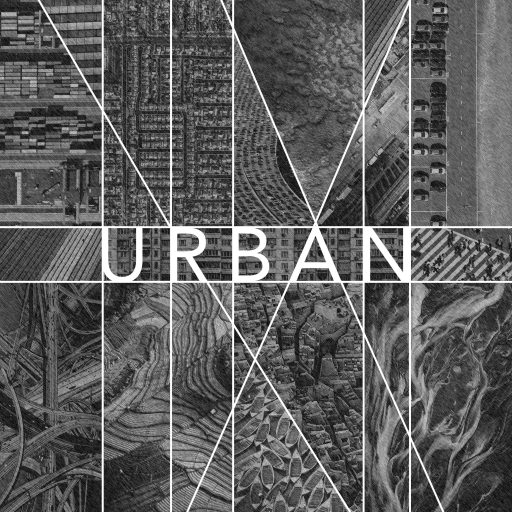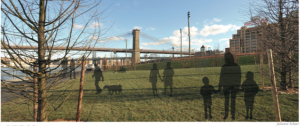 There they are in the middle of page A19 in the New York Times: the young couple, scruffy but stylish, all plaid and beard and leather jacket, holding a chicken. A few weeks ago there was a different chicken story, about the front yard hens on Franklin Avenue in Bed-Stuy and the way the neighborhood rallied when one went missing. After losing (badly) at board game night this past week, I was awarded a consolation prize of a dozen eggs laid by my friend’s four backyard hens — Rhonda, Shirley, Rosie, and Sandy.
There they are in the middle of page A19 in the New York Times: the young couple, scruffy but stylish, all plaid and beard and leather jacket, holding a chicken. A few weeks ago there was a different chicken story, about the front yard hens on Franklin Avenue in Bed-Stuy and the way the neighborhood rallied when one went missing. After losing (badly) at board game night this past week, I was awarded a consolation prize of a dozen eggs laid by my friend’s four backyard hens — Rhonda, Shirley, Rosie, and Sandy.
But really, does anyone want to hear about backyard chickens anymore? Is feeling a lack of a “connection” with your grocery store produce really the most pressing issue of the day? What do urban chickens have to do with democracy and human rights?
Geographers Michael J. Widener and Sara S. Metcalf at SUNY Buffalo write about the the negative reaction of many Buffalonians to the legalization of backyard chicken-keeping. Chickens and their keepers, according to a letter written to the local paper, don’t belong in the city: “It is the ultimate in anti-social behavior for someone to move to the city and try to force their neighbors to endure health risks and nuisances due to their unwillingness to live on a farm where they would prefer to be.”
As Buffalo continues to suffer, folks who lived through its heyday would like to see it return to a busy industrial city; they are not interested in the “subversive spatial fix” of urban agriculture and chicken keeping.
Underneath this attitude lies the premise that there are things, behaviors, activities, and people that do not belong in the city. However, the cities in this country contain a great many things, many of them at odds with each other: kitchens too small to cook in and stores devoted entirely to spatulas, bicycle lanes and the police cars that park in them, wheelchairs and subway stairs, loud bars and 311.
In 1903, the German sociologist Georg Simmel wrote about the alienation one feels in the modern city but also the way it frees individuals from the rigid confines and social control endemic to small communities. The city, Simmel wrote, “can give room to freedom and the peculiarities of inner and external development of the individual…the citizen of the metropolis is ‘free’ in contrast with the trivialities and prejudices which bind the small town person.”
Cities are the places for peculiarities and freedom, for all to craft the lives we want to live, to the best of our abilities. Earlier this winter, Ben (the friend who awarded me the eggs) took a certain glee in posting photos of himself shoveling the chickens out of the snow. “I don’t think this is what people have in mind when they think of a New York City life,” read the caption. By affording us the freedom to take delight in not quite belonging, the city creates an alternate—and completely reasonable—way of being. Chickens in New York City are their own “subversive spatial fix.”
So this is what we are talking about when we talk about chickens: democracy, self-determination, and the way we must learn to live together. Chickens are allowed, but roosters are not. Their cock-a-doodle-doos are loud and will disturb the neighbors, (though, by this logic, I don’t quite understand why car alarms are permitted).
The chickens are not faux-utopian garden-cities-in-reverse. They are not the saviors that will make us renounce the evils of industrial agriculture. They will not solve New York City’s garbage problem by eating all our food waste. What they do is remind us that we are all individuals living in a place where we must recognize each other’s peculiarities. They ensure that the city remains, as Simmel writes, “the seat of cosmopolitanism.”
By Dory Kornfeld


